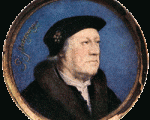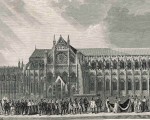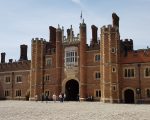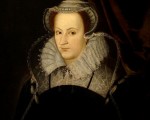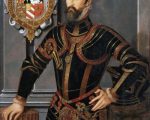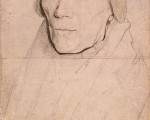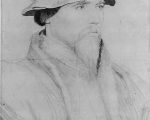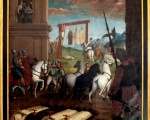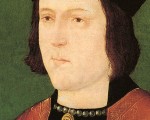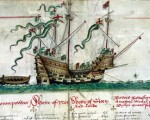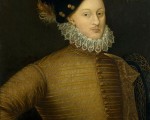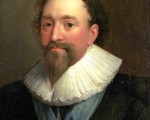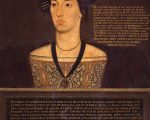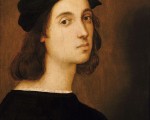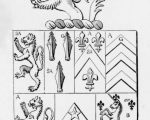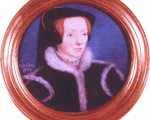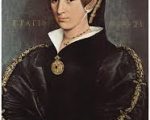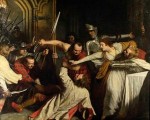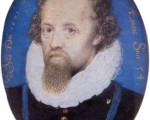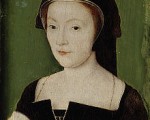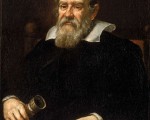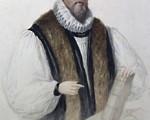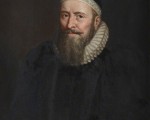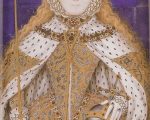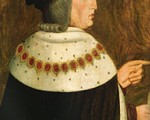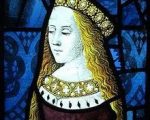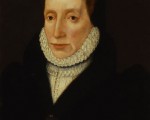
18th June:
1529 – Opening of the Legatine Court at Blackfriars to hear the case for the proposed annulment of Henry VIII’s marriage to Catherine of Aragon.
1546 – Anne Askew was arraigned at London’s Guildhall for heresy, along with Nicholas Shaxton, Nicholas White and John Hadlam (Adlams or Adams). She was sentenced to be burned at the stake.
1558 – Proving of the will of Robert Recorde, Welsh mathematician and physician. His date of death is not known, but is thought to have been mid June 1558. He is known for introducing the “equal to” sign, i.e. “=”. He published several mathematical works.
1588 – Death of Robert Crowley, Protestant printer, author, poet and Church of England clergyman. He was buried in the chancel of St Giles Cripplegate under the same stone as his great friend martyrologist, John Foxe.
1592 – Death of Francis Wyndham, Judge, at the Committee House, St Peter Mancroft, Norwich. His trials included the treason trials of John Somerville and William Parry in the 1580s, and his legal knowledge led to him being approached for advice on Mary, Queen of Scots.
1616 – Death of Thomas Bilson, Bishop of Winchester, at Westminster. He was buried at Westminster Abbey.

